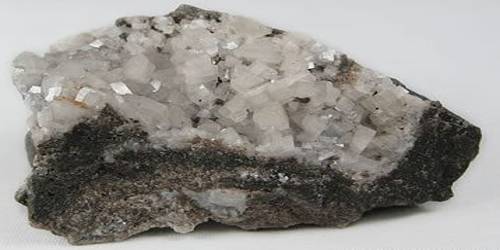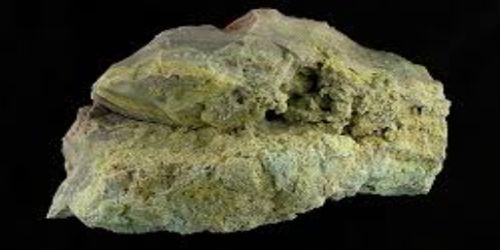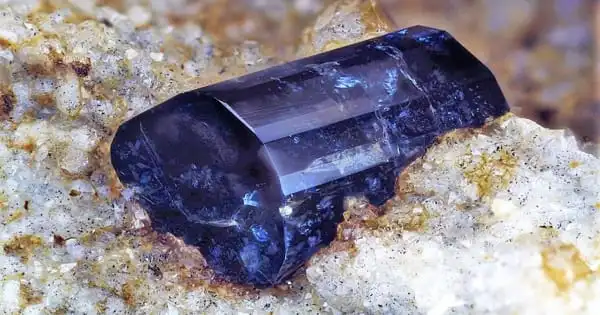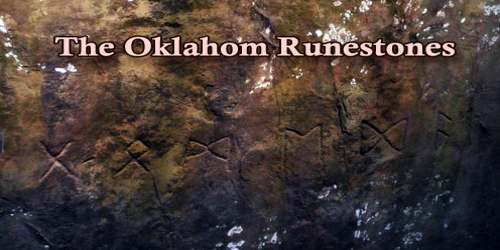Colimaite, the naturally occurring analog of synthetic K3VS4, is a sulfide mineral discovered in southwestern Mexico. The potassium-vanadium sulfide was collected from the crater of the Colima volcano. The formations of colimaite have been described as hedgehog-like particles due to the acicular habit of extremely fine needles forming the aggregates.
The mineral colimaite is named after the locality of this volcano and has been approved in 2007, along with its mineral name, by the Commission on New Minerals, Nomenclature, and Classification (CNMNC).
General Information
- Category: Sulfide mineral
- Formula: K3VS4
- Crystal system: Orthorhombic
- Crystal class: Dipyramidal (mmm)

Properties
The color of colimaite is dark golden and opaque. The streak is a yellow-green with a resinous to greasy luster. It is non-fluorescent. It is brittle with no observed cleavage and a splintery fracture. Because of grain size, the hardness and density could not be measured but the density has been calculated to 2.235 g/cm3.
- Color: dark golden
- Crystal habit: acicular
- Cleavage: none observed
- Fracture: splintery
- Luster: resinous to greasy
- Streak: yellow green
- Diaphaneity: opaque
- Density: 2.235 g/cm3 (calculated)
Geological occurrence
Colimaite occurs as a sublimate from the volcanic fumaroles of the Colima volcano in Mexico. Other minerals including cristobalite, arcanite, thenardite, baryte and native gold have been collected from the fumaroles of this volcano. Although minerals were collected at temperatures from 400 to 800°C, colimaite was assembled in a more narrow temperature interval of 450 – 600 °C. There are similarities between the volcanic gases of the Colima crater and the gases of other volcanoes, but there are some differences that make Colima unique.
Information Source:
















